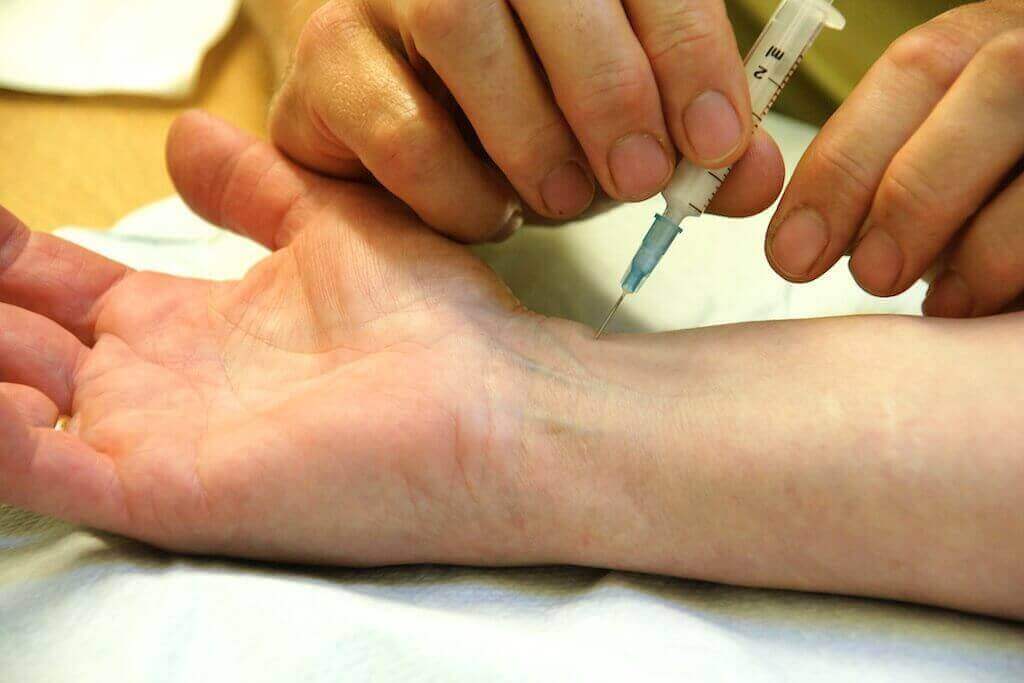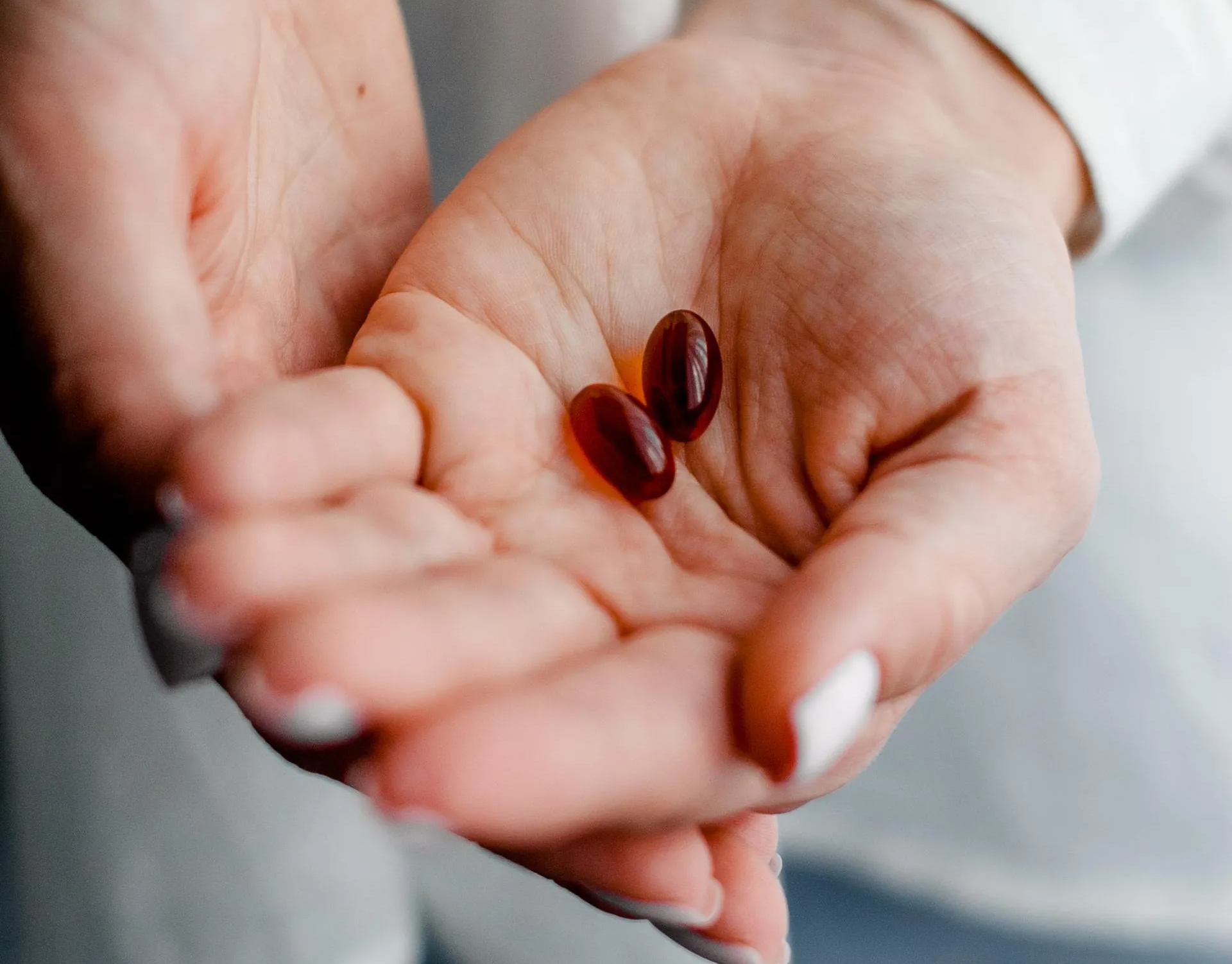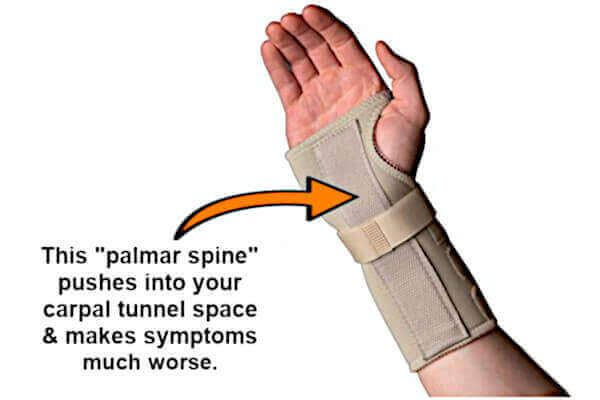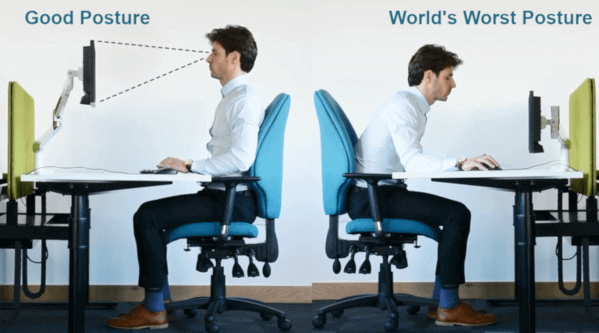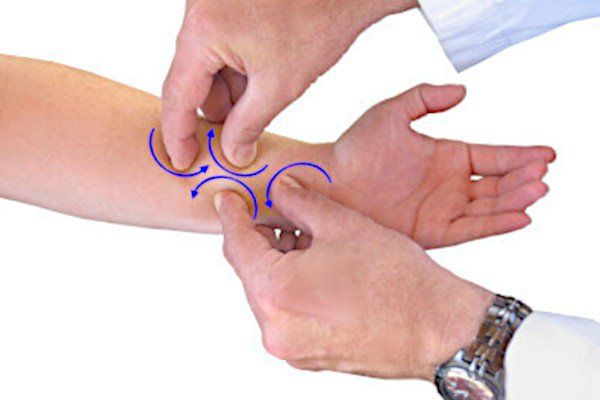How to Treat Carpal Tunnel Syndrome
From Dr. Z - Carpal tunnel syndrome specialist
Treat Carpal Tunnel Syndrome Without Surgery
Did you know you can treat carpal tunnel syndrome without surgery? In fact, almost 90% of people with severe carpal tunnel symptoms do so. Surgery is the last and final option doctors recommend. The reason is because several non-surgical remedies work quite well.
For instance, most carpal tunnel
pain can easily be managed by taking ordinary over-the-counter pain medicines. Pain medicines are the most widely used way to treat the aching or sharp pain associated with carpal tunnel syndrome.
- FIND OUT: do you have carpal tunnel? No strings attached self-test.
Other symptoms like numbness and tingling are usually successfully managed using methods like nocturnal bracing, stretching exercise, and massage. These are discussed in detail below. And most people use a combination of these methods (depending on their severity) to eliminate symptoms.
When you use one or more of these treatments, symptoms will normally go away in time. But that's provided you keep up with the therapy. Other times, you need more aggressive therapy. But again, surgery is reserved until you've tried everything else without success.
What pain medicines do
You've probably tried taking pain medicines to treat carpal tunnel syndrome. And if so, they probably worked well enough to ease the painful symptoms. But it’s only temporarily relief - enough so you can get some sleep.
Actually, all pain medicines merely mask the pain. They dull pain sensations enough to give you some relief. But the reason you're having the pain is not addressed by these medicine.
That’s why pain comes back again and again. It's like having an infection under you skin, where a little ice feels good. But it doesn't address the reason for the infection.
Pain from carpal tunnel syndrome is no different. But some people find the temporary relief from pain pain medicines is good enough.
The great advantages of pain medicines to treat carpal tunnel syndrome are that they're easy to take, inexpensive, and readily available. That's why patients use pain medicines more than anything else to treat this condition.
Almost all pain (even carpal tunnel pain) is a result of inflammation. That's why anti-inflammatory drugs are a good way to eliminate carpal tunnel pain.
Two basic types of drugs reduce inflammation. These are steroids or non-steroidal anti-inflammatory drugs (NSAIDs for short).
Steroid drugs to treat carpal tunnel syndrome
The most popular steroid used for pain relief is cortisone. Cortisone can be taken in the form of a pill (oral) or an injection (steroid shot).
To treat carpal tunnel syndrome, steroid pills don’t work nearly as well as shots. That’s why many people opt for steroid shots for carpal tunnel. But steroid shots are only a temporary fix for carpal tunnel. They're not intended for long term pain management.
The main problems with steroid shots are the significant risks and side effects. The most important are:
- Nerve damage
- Joint infection
- Thinning of the tissue around the injection site
- Inflammation in the joint
- Rupture or weakening of tendons
- Osteoporosis (bone thinning) in the joint
- Weight gain
For these reasons, most doctors give a patient only 3-4 cortisone shots per lifetime. And because of the effects listed above, non-steroidal anti-inflammatory drugs are usually a better choice to treat carpal tunnel syndrome. However, NSAIDs have their own problems.
NSAIDs to treat carpal tunnel syndrome
By far, the most popular pain medicines are over-the-counter products called non-steroidal anti-inflammatory drugs or NSAIDs. The most common ones are probably in your medicine cabinet right now. These are (with their generic names) Tylenol (acetaminophen), Aleve (naproxen), Advil (ibuprofen) and Motrin (ibuprofen).
Just like cortisone, NSAIDs relieve pain by reducing inflammation. However, unlike steroids, they're much safer to use. But they're not completely safe.
The FDA recently issued a warning of heart attack and stroke risk for non-steroidal anti-inflammatory drugs. Such serious side effects may occur as early as the first few weeks of using NSAIDs. Also, the risk might increase the longer you take them. Other serious NSAID risks include:
- Allergic reactions like swelling, wheezing, difficulty breathing, skin rash
- Stomach or intestinal problems like bleeding or ulcers
- Kidney failure, especially in those with existing kidney problems
Therefore, the FDA recommends taking NSAID drugs sparingly. That means an occasional dosage to relieve temporary carpal tunnel pain is fine for most people. However, the danger comes when trying to treat carpal tunnel syndrome pain on a long-term basis. In other words, taking these medicines every day for 3-4 weeks is not advised.
How to safely treat carpal tunnel syndrome
Taking pain medicines to treat carpal tunnel syndrome merely dulls the pain temporarily. It does nothing to eliminate the underlying cause of the inflammation.
That cause is due to adhesions on your wrist tendons.
The formation of adhesions is hereditary. That's why if a close relative has carpal tunnel syndrome, you're at high risk for getting it too.
Adhesions are responsible for producing tendon inflammation (swelling) inside your wrist joint. As a result, fluid pressure builds up inside the joint. Eventually, the fluid pressure becomes so great that it crushes the median nerve. The median nerve is one of the major nerves in the hand. And that’s why, when damaged, it causes so much pain, numbness or tingling in your hand and fingers.
So how do you get rid of the tendon adhesions safely? The 4 most powerful weapons you have are abbreviated as B.R.E.M. That means Brace, Rest, Exercise, and Massage. Note that all of these are also natural remedies!
Brace
Brace your hand at night. This is called nocturnal bracing. A carpal tunnel night brace keeps your wrist joint from hyper-flexing or extending and causing more tissue problems.
Also, make sure you use a certified carpal tunnel brace because a generic brace will do more harm. You can tell if it's NOT a certified carpal tunnel brace (even though the package says it is) by looking at the palmar surface of the brace. It if contains a metal spine (as pictured above) then it's not a certified carpal tunnel brace.
Why is this bad? When we sleep, all of us unconsciously bend our hands backward. A palmar spine strapped to your wrist will therefore press into your wrist joint. This pressing increases the pressure inside the carpal tunnel, crushing your median nerve even more. That's why most people who wear an improper night brace wake up in the morning with worse symptoms.
Finally, if you have carpal tunnel, NEVER brace your hand as you work during the daytime. Your wrist joint is already stressed, which compromises the internal structures such as the tendons and median nerve. Working with your hands while wearing a brace makes your wrist subconsciously fight the brace in addition to doing its regular work. So why add even more stress to the joint?
Rest
Nature's most healing remedy is rest. It's built into our genetics to rest when we're injured. Are you not feeling well or did you hurt yourself? If so, your natural inclination is to become tired; and so you rest. It's nature's way to shut down and repair.
The injury caused by carpal tunnel syndrome is no different. But since your carpal tunnel symptoms have been present for so long, you became accustomed to the chronic feeling of needing to rest. But the feeling is there, nonetheless.
Therefore, the most basic way to treat carpal tunnel syndrome is with rest. That means:
- Rest your hands periodically while you work.
- Do not engage in the activity that caused the tendon stresses to begin with.
- Modify the activity that caused the stress, like change the position of your hand or grip.
- Refrain from repetitive stress, like constant keyboarding.
Finally, make sure your sitting posture is proper for your job (see illustration above). Many office workers using a computer keyboard and mouse have extremely poor sitting posture. This causes unbalanced upper body forces to transmit to the shoulders, arms, and hands.
Effectively, your hand never gets a rest from mechanical stress. Ultimately, carpal tunnel syndrome can result.
Exercise
It sounds so simple and basic, but exercises are some of the best ways to treat carpal tunnel syndrome. Stretching exercises lubricate tendons and help remove adhesion that formed during repetitive stress. All of this creates a healthier tendon that will not swell and cause carpal tunnel syndrome.
Contrary to popular belief, the best stretching exercises don't have to be involved or time consuming. Nor do you need special equipment to do them. In fact, the most effective stretching exercises only take 30 seconds to complete. That means whatever you're doing, stop every 30 minutes and do these quick exercises.
These exercises are perfect while on the job. That's because they're highly effective while taking practically no time away from your work. And with only 2-4 weeks of these exercises (depending on how severe your carpal tunnel syndrome actually is) symptoms usually resolve completely.
Massage
When patients ask about the best natural way to treat carpal tunnel syndrome, I never hesitate to respond, "massage!" And I have volumes of documents attesting to the tremendous effectiveness of massage for carpal tunnel syndrome.
Massage is the oldest therapy known to mankind. And massage facilitates healing for almost every condition known. It also can be used under almost any circumstance, with very few exceptions (for instance, it's contraindicated with skin burns or lacerations).
A particular type of massage called myofascial release is best to treat carpal tunnel syndrome. That's because of how it's performed and what it does to tissues below the skin.
Its twisting and kneading motion safely and effectively breaks up adhesions on tendons so they don’t re-form. Also, the specialized kneading simultaneously drains excess fluid from the wrist joint to relieve pressure on the median nerve. This is like a double-punch to get rid of symptoms permanently.
Usually, after a course of about 4 weeks of twice daily myofascial release massage therapy, symptoms fully resolve. Even severe carpal tunnel symptoms resolve completely.
The downside of myofascial release massage is that you cannot do it on yourself. A therapist (or a helper) needs to perform the circular, kneading motions required to effectively treat carpal tunnel syndrome.
Conclusion
Of all the non-surgical ways to treat carpal tunnel syndrome, NSAID pain medicines are the most popular. But the FDA says none are truly safe to use in the long term. In fact, the FDA warns against using Tylenol, Aleve, Advil, and Motrin for more than a few weeks due to their adverse effects. However, other safe and natural remedies can eliminate carpal tunnel symptoms safely, effectively, and thoroughly. Best of all, they don’t just mask the pain like drugs, but actually get rid of the underlying problem causing this disorder.





